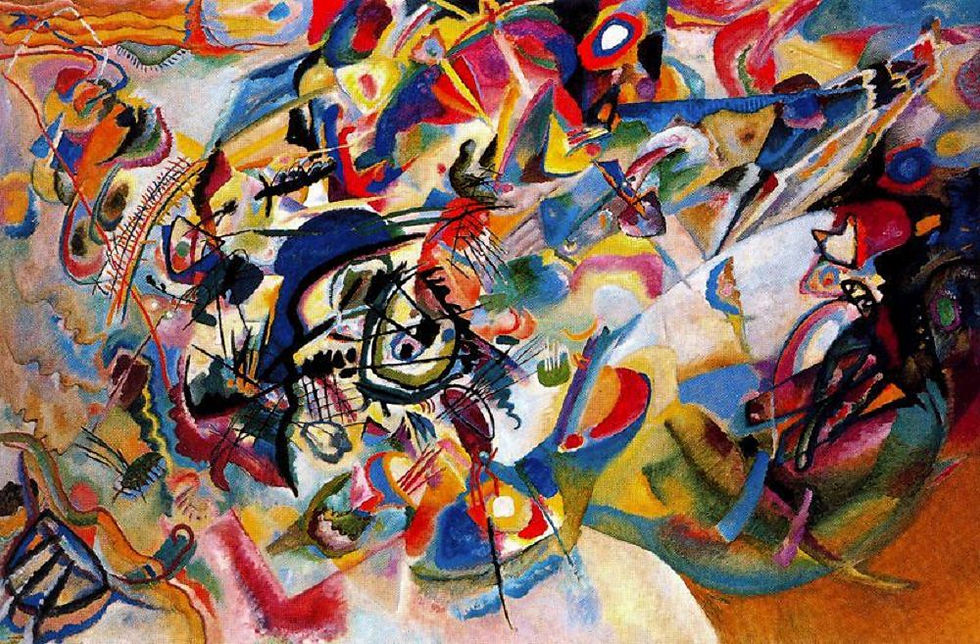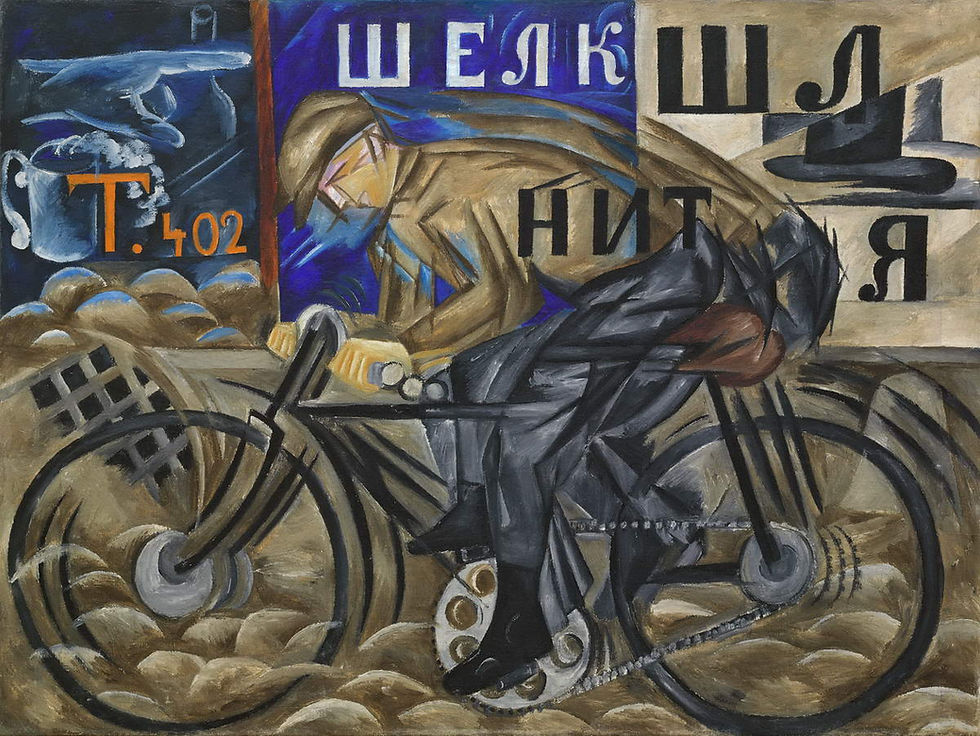The Russian Avant-Garde, an influential art movement spanning roughly from the 1890s to the 1930s, stands as a beacon of artistic innovation and bold experimentation. In this period, Russian artists pioneered groundbreaking techniques, blending abstract forms, vibrant colors, and political ideals to redefine the artistic landscape. Among these trailblazers, Kazimir Malevich, Wassily Kandinsky, and Natalia Goncharova emerged as visionaries, each contributing unique styles and philosophies that continue to inspire the art world.
Revolutionary Styles of Malevich, Kandinsky, and Goncharova
Kazimir Malevich: The Architect of Suprematism
Kazimir Malevich (1879–1935) was a revolutionary force in abstract art and the founder of Suprematism, a movement emphasizing basic geometric forms and pure artistic feeling. Malevich’s approach stripped art of its representational elements, seeking instead to convey spiritual and emotional truths.

Key Masterpiece: Black Square (1915)
The iconic Black Square is a stark composition of pure black on a white background. Despite its simplicity, the painting broke boundaries, embodying Malevich’s belief that art should transcend materialism. For Malevich, this geometric abstraction symbolized a new artistic reality unbound by tradition.
Legacy
Malevich's work challenged preconceived notions of what art could be, influencing not just painting but also architecture, design, and even space exploration aesthetics. His geometric style remains a touchstone for minimalism and modern abstract art.
Wassily Kandinsky: The Father of Abstract Art
Wassily Kandinsky (1866–1944) is celebrated as one of the first artists to venture into pure abstraction, creating works that conveyed emotion through color and form rather than direct representation. Kandinsky viewed art as a means of spiritual expression, likening his creations to musical compositions.

Key Masterpiece: Composition VII (1913)
This vibrant, chaotic piece is a symphony of swirling colors and fragmented shapes, evoking a sense of dynamic motion. Kandinsky’s use of color theory and abstract forms reflected his belief that art could resonate with viewers on a deep, emotional level.
Philosophy
Kandinsky’s theories on art, articulated in his book Concerning the Spiritual in Art, emphasized the spiritual power of abstraction. He argued that colors and shapes could evoke universal emotions, creating a profound connection between the artwork and the observer.
Natalia Goncharova: The Fusion of Tradition and Futurism
Natalia Goncharova (1881–1962) was a trailblazing female artist whose eclectic style blended Russian folk traditions, religious iconography, and avant-garde experimentation. As a leading figure in the Rayonism movement, she explored the interplay of light and color through fragmented, prismatic compositions.

Key Masterpiece: Cyclist (1913)
This vibrant painting captures a cyclist in dynamic motion, with fragmented forms and bold lines that convey speed and energy. It reflects Goncharova’s fascination with modernity and her ability to integrate elements of Cubism and Futurism into a uniquely Russian context.
Impact on Feminism and Art
Goncharova’s success as a female artist in a male-dominated field was groundbreaking. Her work celebrated Russia’s cultural heritage while pushing boundaries, paving the way for future generations of women in art.
The Revolutionary Impact of the Russian Avant-Garde
The contributions of Malevich, Kandinsky, and Goncharova extended far beyond their canvases. Their works inspired architectural designs, stage sets, textiles, and even political propaganda. These artists rejected academic conventions, redefining the purpose of art in a rapidly changing world.
The Russian Avant-Garde also resonated with the socio-political climate of early 20th-century Russia, reflecting revolutionary ideals and envisioning a utopian future. The October Revolution of 1917 further energized the movement, with artists contributing to the creation of a new socialist aesthetic.
Why They Remain Hidden Gems
While the names Malevich, Kandinsky, and Goncharova are familiar to art enthusiasts, the depth and diversity of their contributions often remain underappreciated. Factors such as political suppression during the Soviet era and limited international access to their works have kept many masterpieces out of the public eye.
However, renewed interest in the Russian Avant-Garde has brought these visionaries back into focus. Exhibitions, academic studies, and digital archives continue to unveil lesser-known works, reminding us of their timeless relevance.
Conclusion
The Russian Avant-Garde, driven by the revolutionary spirits of Kazimir Malevich, Wassily Kandinsky, and Natalia Goncharova, transformed the world of art forever. Their innovations in abstraction, color theory, and cultural fusion have left an indelible mark, proving that creativity can flourish even amidst political and social upheaval. By exploring their works, we uncover a treasure trove of hidden gems, each reflecting a unique facet of this extraordinary era.
Whether through the austere geometry of Malevich, the lyrical abstraction of Kandinsky, or the folkloric vibrancy of Goncharova, the Russian Avant-Garde continues to challenge and inspire, urging us to see art not just as an aesthetic experience but as a profound exploration of human potential.
Comments